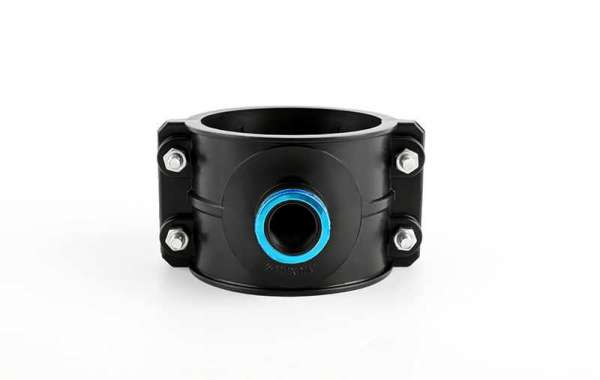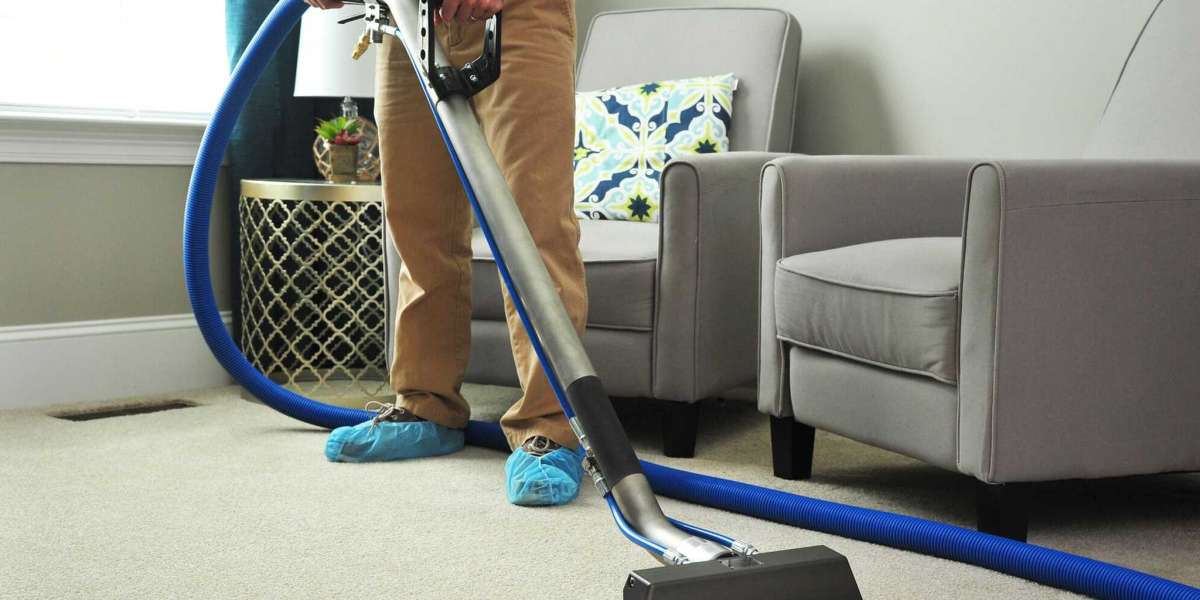Step 1: Cut the Pipe
Cut the pe fitting, as needed, using the appropriate type of tubing cutter for the pipe material: use a copper tubing cutter for copper; a plastic tubing cutter for CPVC; a PEX cutter for PEX. When measuring for the cut, keep in mind that the pipe will extend about 1 inch into the fitting.
Step 2: Ream and Deburr the Pipe
Ream and deburr the cut end of copper pipe, using a reaming-deburring tool to remove the sharp, jagged edge left by the tubing cutter. A reaming-deburring tool reams the inside of the pipe and deburrs the outside edge at the same time.
Alternatively, you can use the reamer tool on the backside of a tubing cutter to ream the pipe, and use fine-grit emery cloth or sandpaper to deburr the outside edge. Sand only the edge; do not sand the side wall of the pipe.
CPVC pipe and PEX tubing do not need to be reamed or deburred. However, if CPVC pipe has a ridge on the inner edge of the pipe, you can ream the pipe carefully with a utility knife or fine sandpaper or emory cloth.
Remove debris from inside the pipe and wipe the outside of the pipe with a clean rag.
TIP
Some push fit fitting manufacturers sell multi-size deburring-depth gauge tools that ream and deburr the pipe and also serve as a marking gauge for the marking the depth of the fitting.
Step 3: Mark the Pipe
Mark the pipe to indicate the full depth of the fitting, using a deburring-depth gauge tool and a marker. Slide the tool onto the end of the pipe until it stops, then mark a line along the edge of the tool.
If you don't have a depth gauge tool, measure from the end of the pipe, using a tape measure, and mark the pipe at the manufacturer's specified depth for the fitting.
Step 4: Install the Fitting
Push the fitting straight onto the end of the pipe (or push the pipe straight into the fitting, as applicable) until the pipe stops inside the fitting. The end of the fitting should be aligned with the depth mark on the pipe, indicating that the pipe is fully seated inside the fitting.
Once the fitting is installed, you can rotate the pipe or fitting 360 degrees in either direction as needed to facilitate the next step in your plumbing installation.








